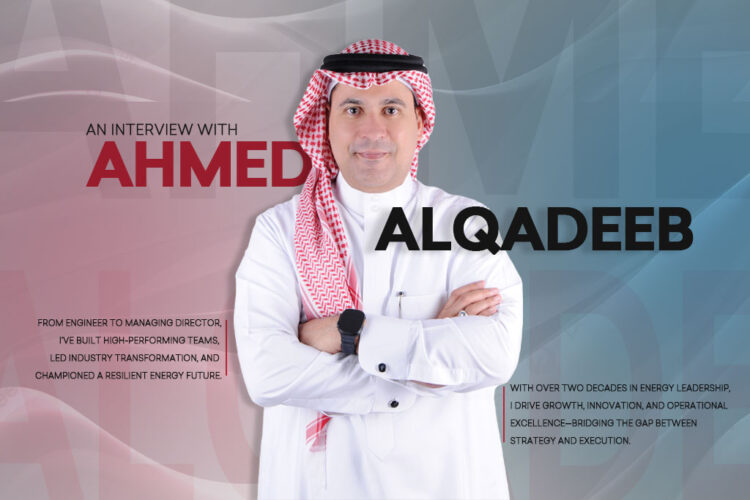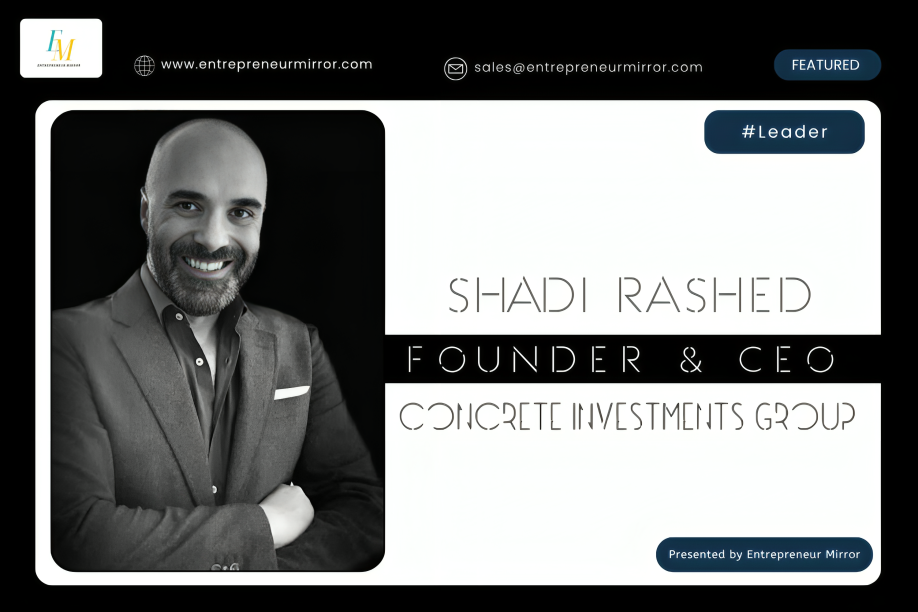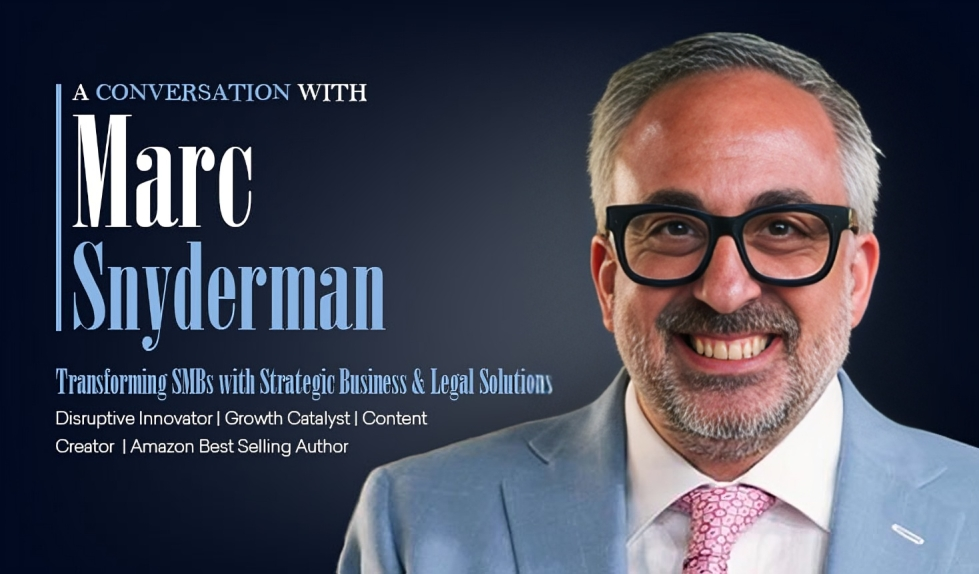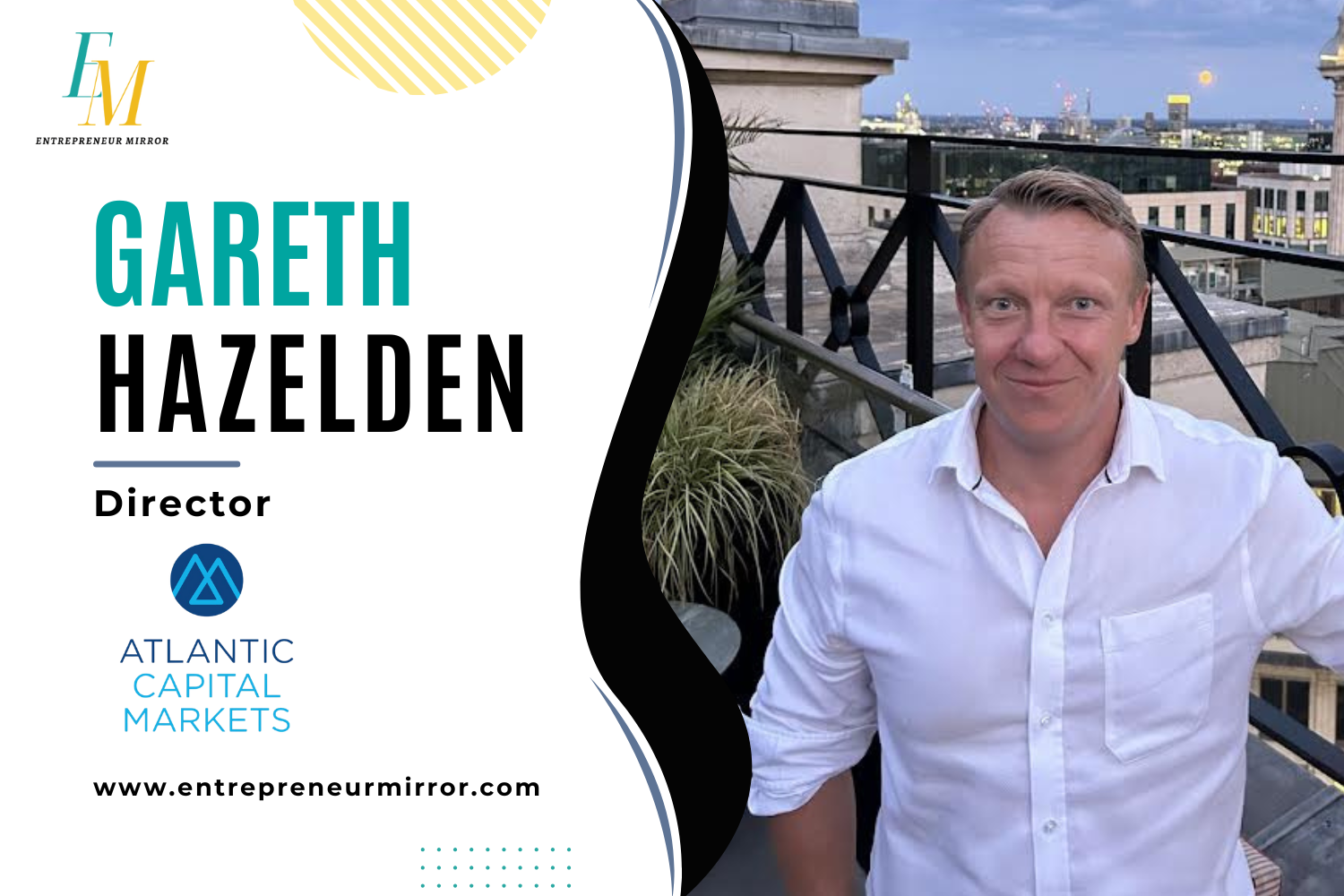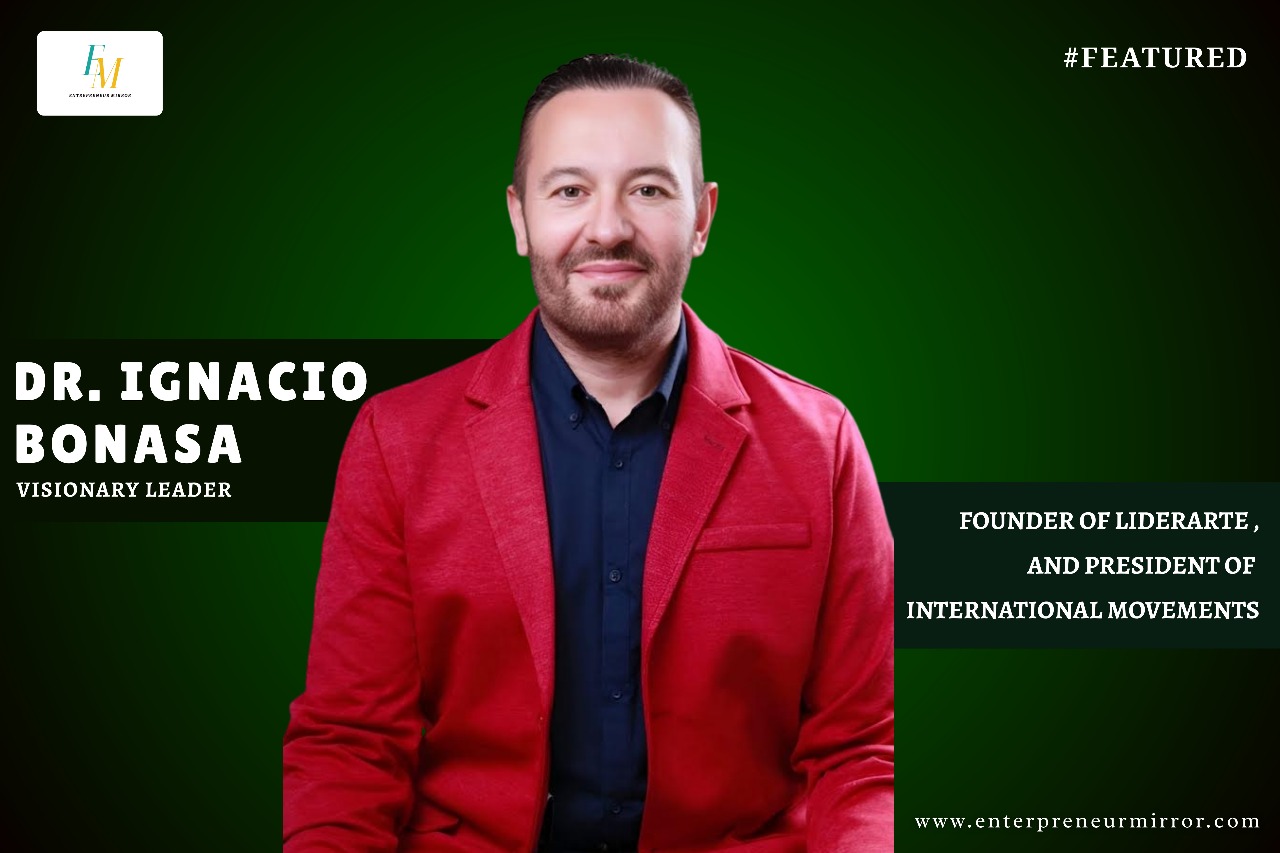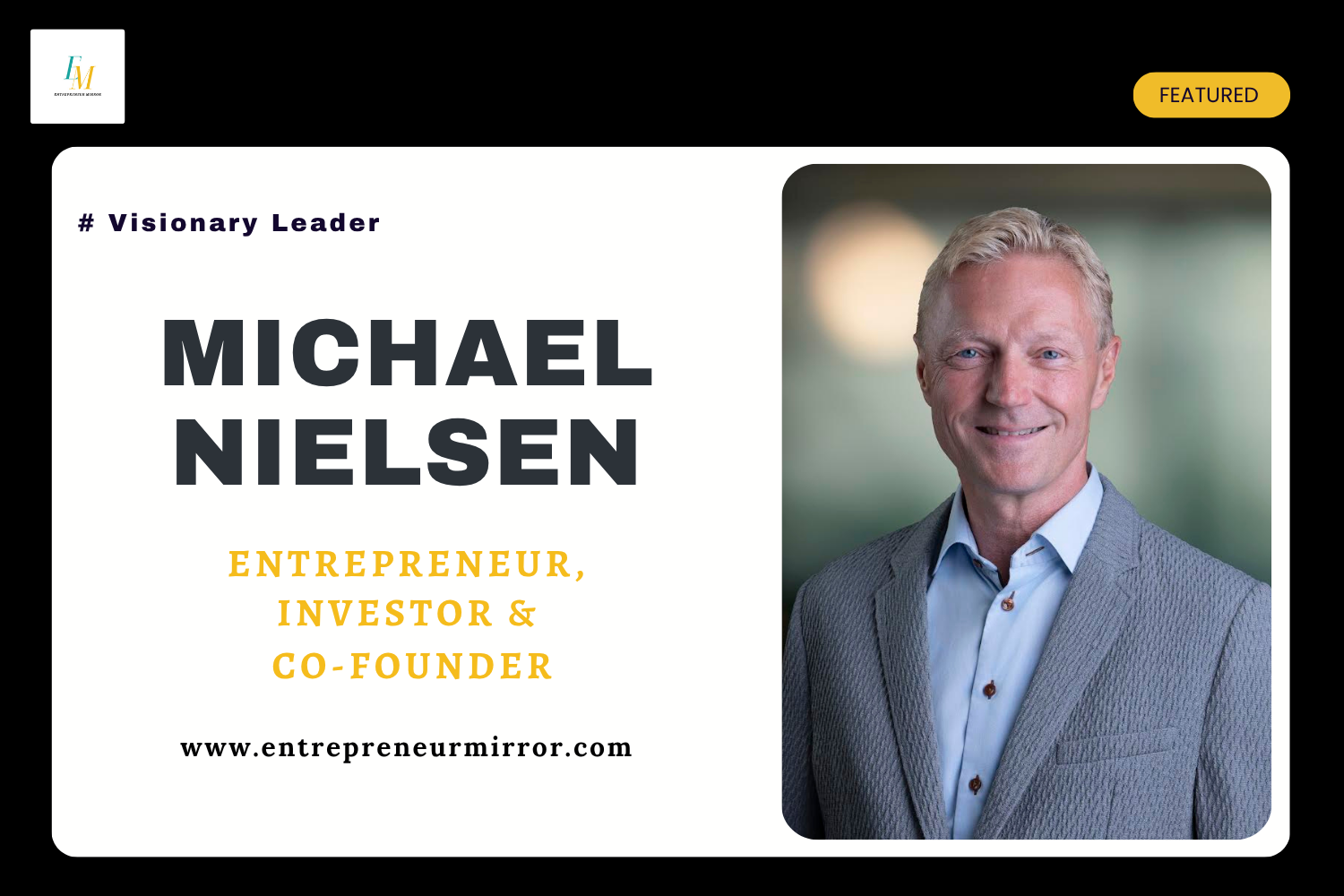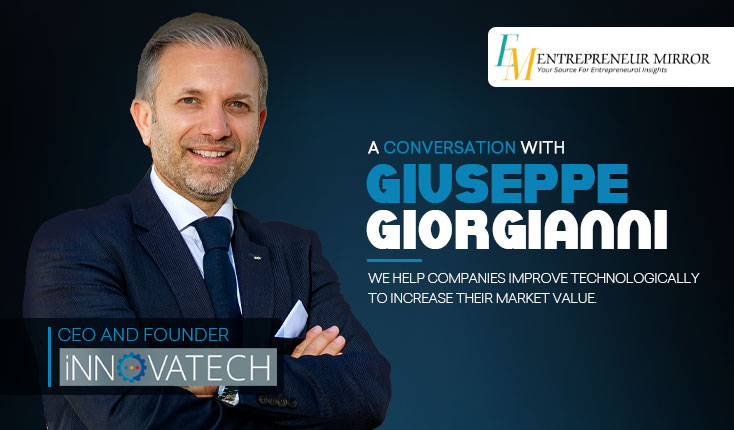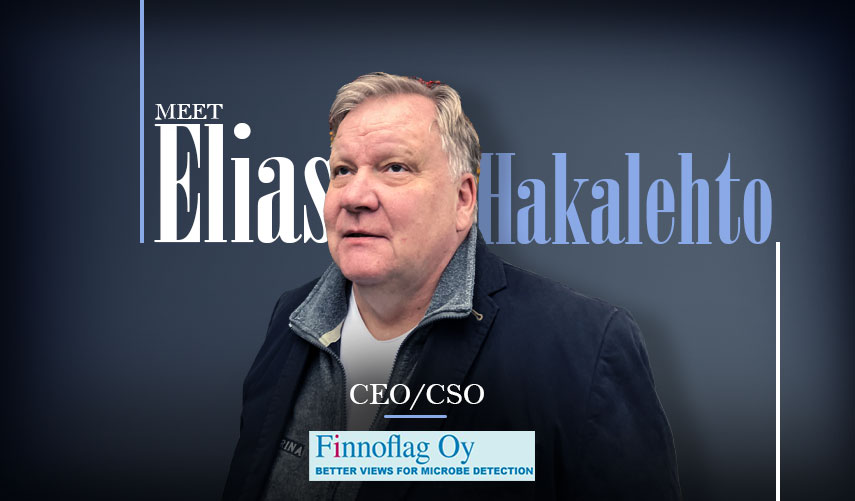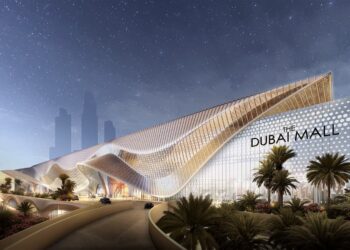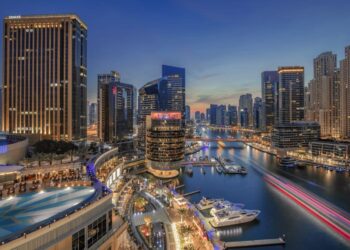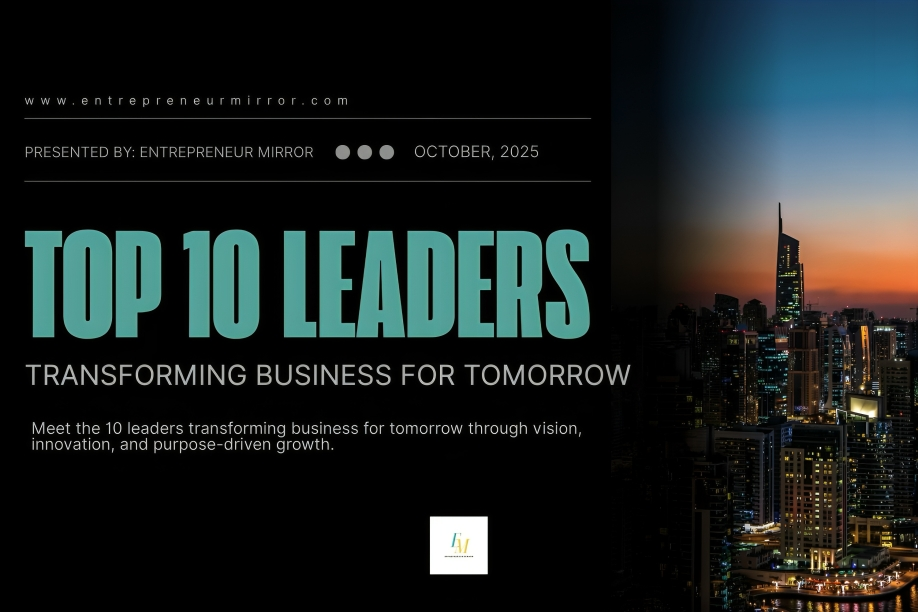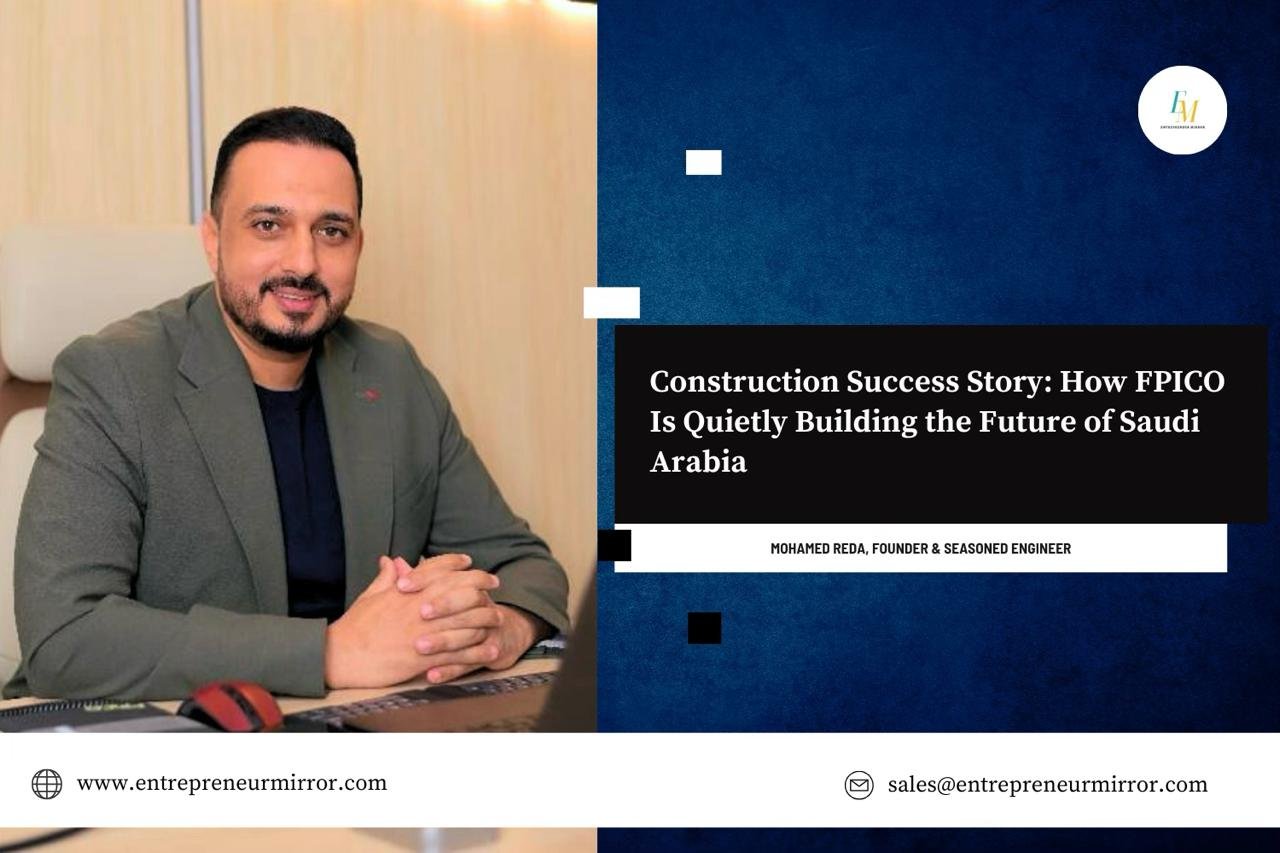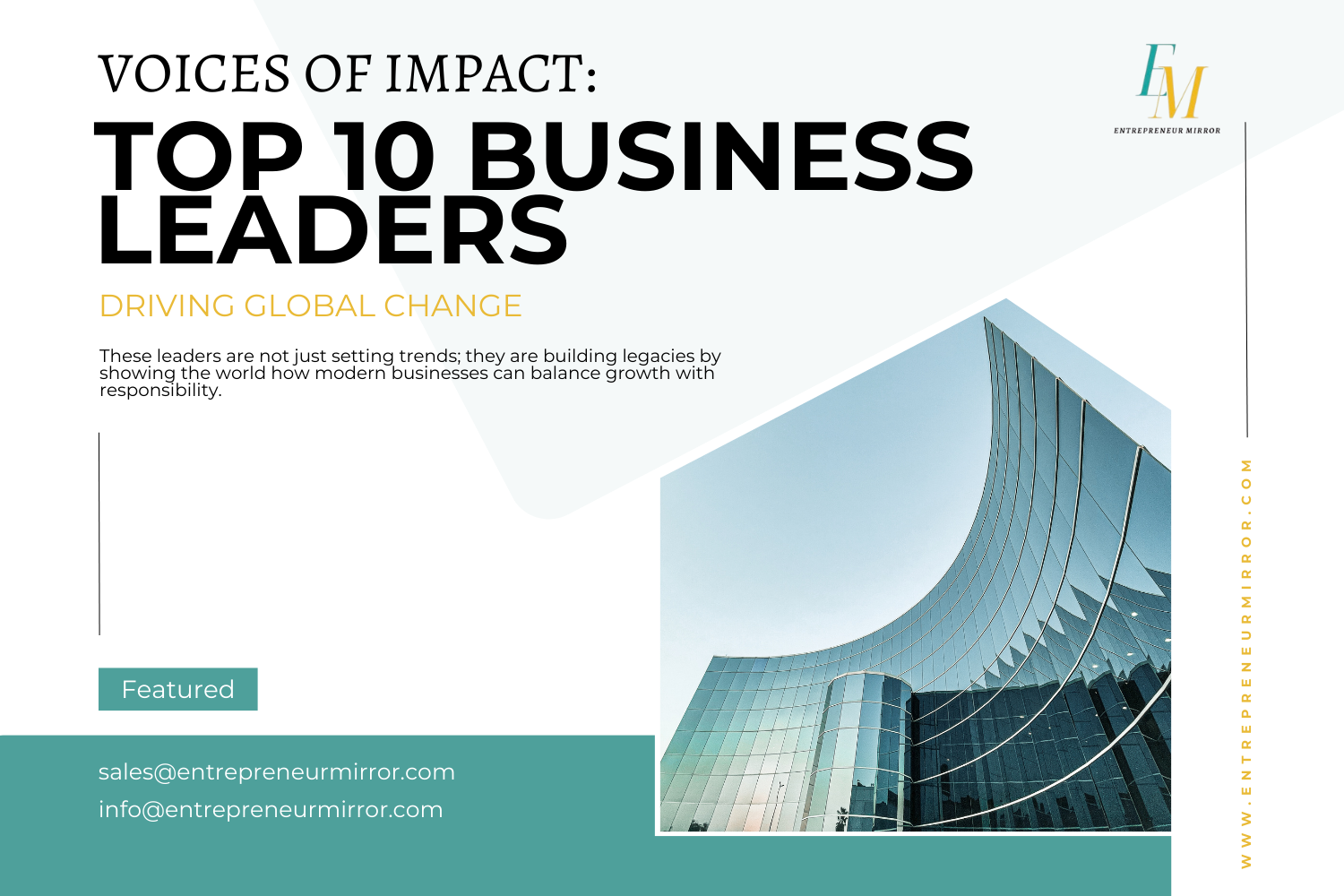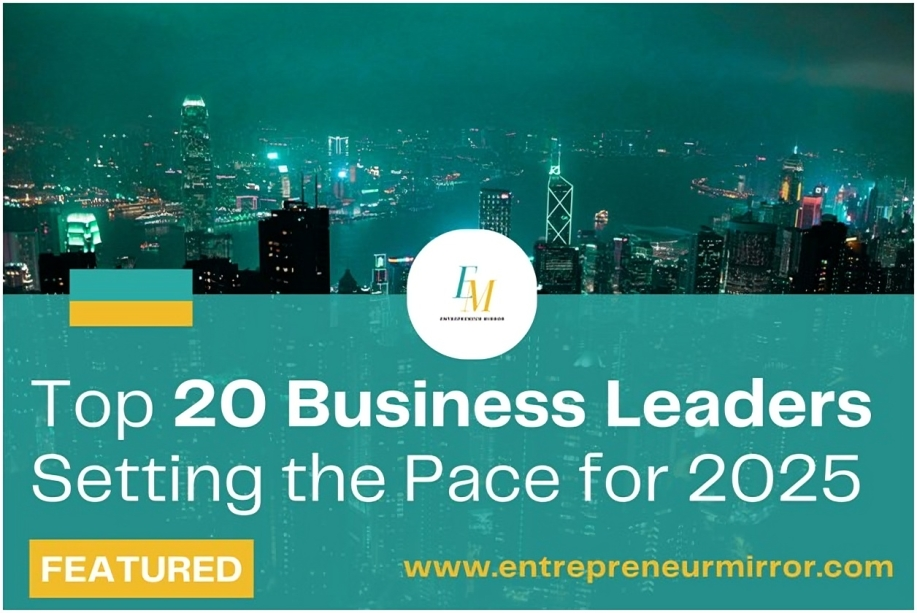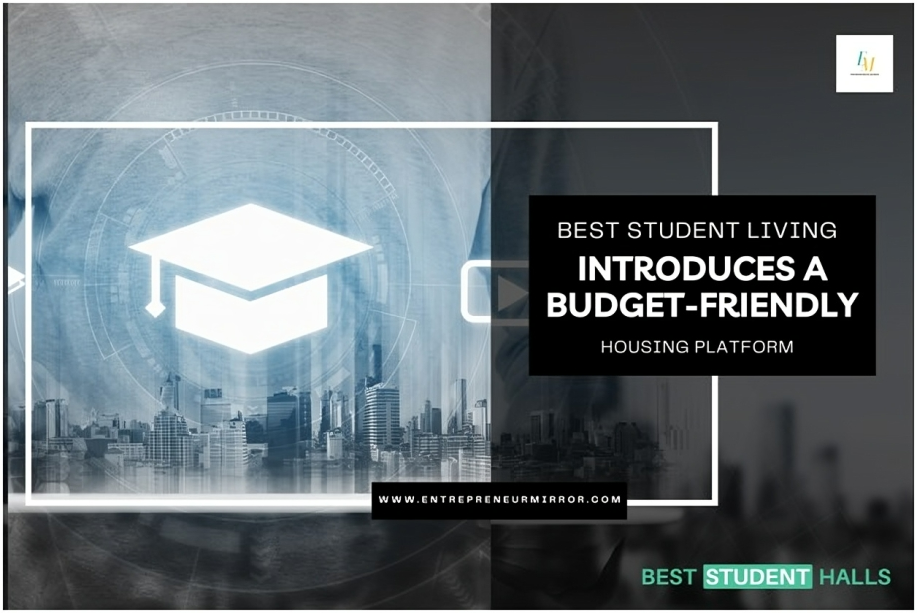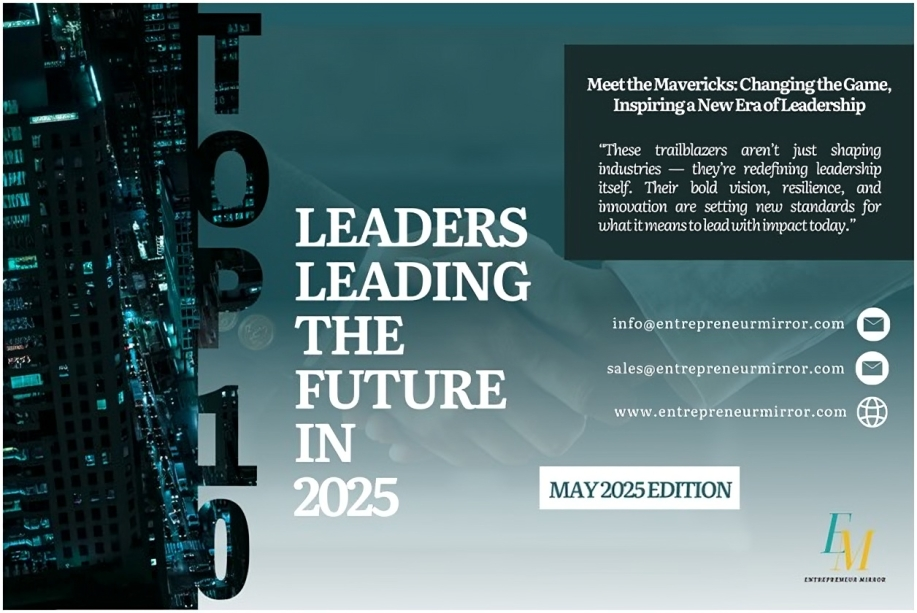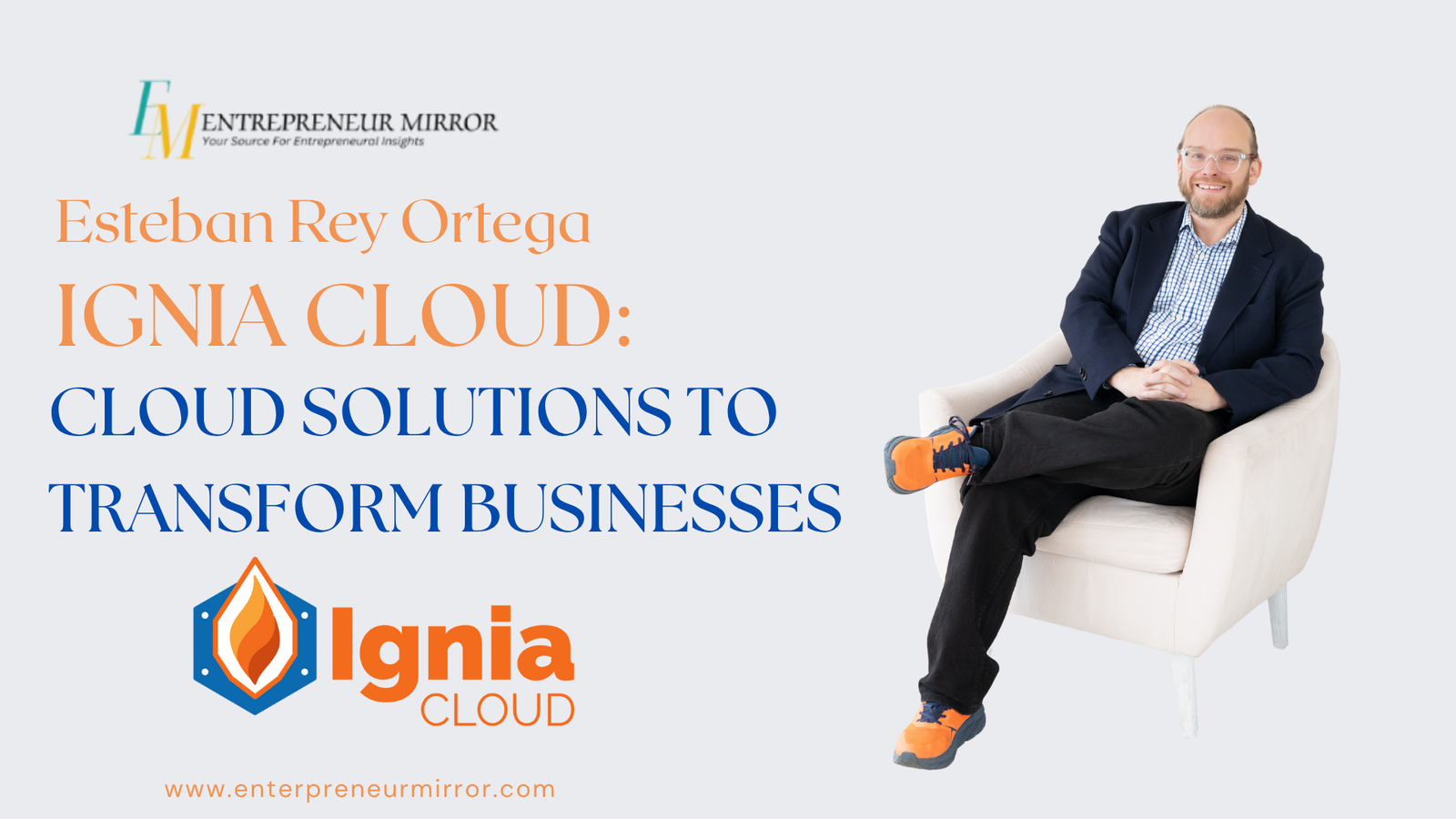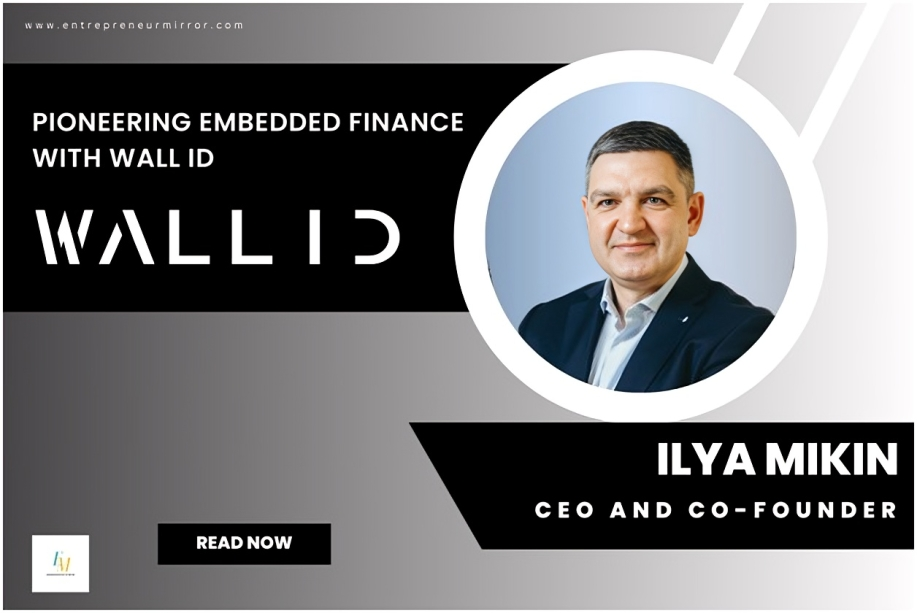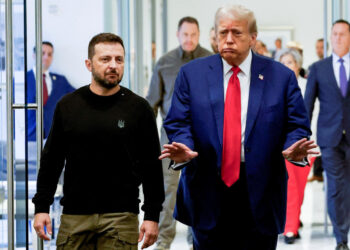This collection of insights highlights the journey from engineer to executive leader, emphasizing the importance of strategic growth, adaptability, and leadership in a dynamic world. It explores Saudi Arabia’s Vision 2030, showcasing the private sector’s role in economic diversification, sustainability, and long-term planning. Finally, it underscores how visionary leadership and resilience are key to thriving in an ever-changing global landscape.
My Journey to the Executive Level
My Perspective on Growing from Engineer to Executive Leader: I began my career as an electrical engineer, working hands-on in the field where I developed a strong technical foundation and a deep understanding of operational challenges. Early on, I realized the importance of aligning technical execution with business strategy, which sparked my interest in leadership and management.
Over time, I took on roles with increasing responsibility—moving from engineering to service management, and then into broader operational leadership positions. Each role expanded my perspective, allowing me to lead diverse teams, manage P&Ls, and drive performance across multiple business units. I consistently focused on growth, innovation, and delivering value, which led to my progression into executive leadership.
I now lead strategic direction, drive organizational development, and focus on long-term planning. My journey has been fueled by a passion for problem-solving, continuous learning, and empowering teams to achieve meaningful results.
Driving Economic Growth
The Role of Saudi Private Sector Companies in Vision 2030’s Economic Diversification’s Key Contributions of the Private Sector:
Saudi Arabia’s Vision 2030 emphasizes the pivotal role of the private sector in diversifying the nation’s economy and reducing its reliance on oil revenues. The plan aims to increase the private sector’s contribution to the Gross Domestic Product (GDP) from 40% to 65%.
- Economic Diversification: Private enterprises are central to expanding non-oil sectors, with non-oil economic activities accounting for 52% of the total economy.
- Employment Generation: The private sector has significantly increased employment opportunities for Saudi nationals, contributing to a rise in women’s participation in the workforce to 35.8% in the second quarter of 2024.
- Support for Small and Medium-sized Enterprises (SMEs): Recognizing the importance of SMEs, Vision 2030 aims to increase their contribution to GDP from 20% to 35%, facilitating entrepreneurship and innovation.
- Attracting Foreign Direct Investment (FDI): Private sector initiatives have led to increased FDI, with nearly 600 global companies choosing Saudi Arabia as their regional headquarters, reflecting growing investor confidence.
- Privatization Initiatives: Key sectors such as healthcare, education, transport, and municipal services are targeted for privatization, opening avenues for private investment and enhancing service quality.
- Infrastructure Development: The private sector is actively involved in infrastructure projects, with investments expected to reach approximately $1 trillion by 2030, supporting economic diversification and long-term objectives.
Government Initiatives Supporting the Private Sector:
- Shareek Program: Launched in 2021, this program supports large Saudi companies by enabling private sector investments and contributing to economic development.
- Privatization Program: Initiated in 2018, this program focuses on identifying government assets for privatization to improve service quality and reduce costs.
- National Transformation Program: This program aims to create an inclusive private sector that prioritizes financial security and promotes digitization of government services.
In summary, the active participation and investment of the private sector are crucial for achieving Vision 2030’s economic diversification goals, steering Saudi Arabia towards a more resilient and multifaceted economy.
Future-Proofing Success
The Importance of Long-Term Vision in Building Sustainable Businesses: In Saudi Arabia, several strategic initiatives reflect the importance of long-term vision. For example:
- NEOM, the $500 billion giga-project, is being developed as a smart, sustainable city that will rely entirely on renewable energy, aiming to attract global talent and industries of the future.
- The Saudi Green Initiative underscores environmental sustainability by targeting the planting of 10 billion trees and generating 50% of the country’s energy from renewables by 2030 — a shift that requires private sector alignment with long-term ESG strategies.
- The Public Investment Fund (PIF) has been expanding investments into sectors like tourism, logistics, and entertainment, aiming to increase non-oil revenues and create sustainable industries for generations to come.
Sustainable business models also help companies weather market cycles, manage risks more effectively, and attract long-term investors and talent. In today’s rapidly changing global environment — where technology, regulation, and stakeholder expectations are evolving — short-term thinking can lead to missed opportunities or even business failure.
Therefore, organizations that embed long-term vision into their operations, innovation, and governance structures are better positioned to drive consistent value, maintain stakeholder trust, and contribute to national development goals.
Adaptive Leadership
The Key to Leadership in a Rapidly Changing World: Leadership in today’s world demands far more than authority or experience — it requires agility, vision, and empathy. The pace of change driven by technology, globalization, and shifting societal expectations means that leaders must be proactive, adaptable, and continuously learning.
Ahmed Alqadeeb : All the above views expressed are my own and do not reflect the views of my employer.
Connect with Ahmed Alqadeeb on LinkedIn
Also Read :-
France Dequilbec: Empowering Female Leadership- Bridging the Gap in Executive Diversity
Crafting Sustainable Solutions For Businesses With Reinke Photovoltaik GmbH: Jan Reinke

